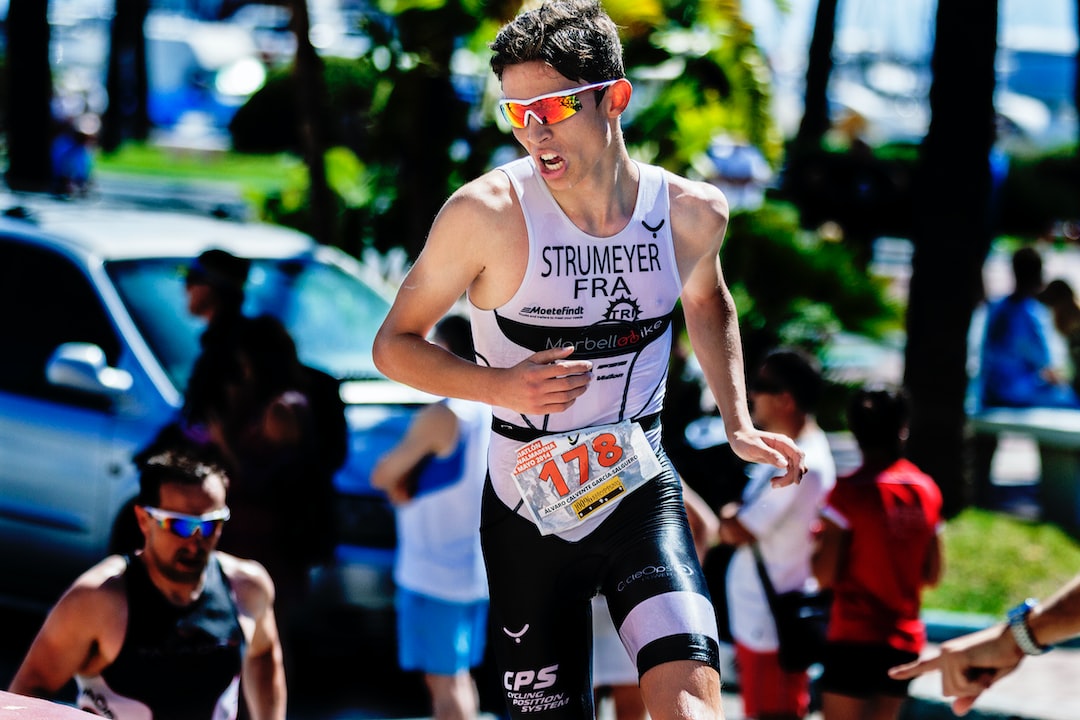Running is a complex movement that involves the coordination of multiple muscles and joints in the body. It may seem like a simple activity, but understanding the science behind running and its biomechanics can greatly improve performance and reduce the risk of injury.
Biomechanics is the study of the mechanics of the body, particularly the movement and forces applied to it. When it comes to running, understanding the biomechanics can provide valuable insights into how to optimize performance and prevent injuries.
One key aspect of running biomechanics is foot strike. Foot strike refers to the part of the foot that makes initial contact with the ground during running. There are three main types of foot strikes: heel strike, midfoot strike, and forefoot strike.
Heel strike is the most common foot strike pattern, where the heel makes initial contact with the ground. Midfoot strike involves the middle part of the foot making contact with the ground, while forefoot strike involves the ball of the foot making initial contact with the ground.
Each foot strike pattern has its own set of advantages and disadvantages. Heel strike provides a cushioning effect, reducing the impact forces on the body. However, it also increases braking forces and can lead to over-striding, which can put more stress on the knees and lead to injuries such as patellofemoral pain syndrome.
On the other hand, forefoot strike reduces braking forces and allows for a more efficient transfer of energy during running. It is often associated with a shorter stride length and a higher cadence, both of which can reduce the risk of injury. However, it may increase the stress on the calves and Achilles tendon.
Finding the optimal foot strike pattern for each individual can be challenging. It depends on factors such as running speed, foot structure, and personal preference. It is important to consult with a running specialist or coach to determine the most suitable foot strike pattern for you.
Another important aspect of running biomechanics is stride length and cadence. Stride length refers to the distance covered by one leg during the running cycle, while cadence refers to the number of steps taken per minute.
Many experts believe that a shorter stride length and a higher cadence are more efficient and reduce the risk of injury. This is because a shorter stride length reduces braking forces and the risk of over-striding, while a higher cadence allows for a more efficient transfer of energy.
Increasing cadence can be achieved through specific drills and exercises. For example, running with a metronome or music with a specific beat can help to synchronize your steps and increase your cadence. It may take some practice to adjust to a higher cadence, but it can lead to significant improvements in running efficiency and reduce the risk of injuries.
In addition to foot strike and cadence, other factors such as posture, arm swing, and leg alignment also play a role in running biomechanics. Maintaining a tall posture with a slight forward lean can help to optimize running efficiency and reduce the risk of injuries.
Arm swing should be relaxed and coordinated with the opposite leg. It helps to counterbalance the movement of the legs and provides additional propulsion during running. Leg alignment, on the other hand, involves the alignment of the knees and hips while running. Proper alignment reduces the risk of injuries such as iliotibial band syndrome and patellofemoral pain syndrome.
In conclusion, understanding the science of running and its biomechanics can greatly improve performance and reduce the risk of injury. Factors such as foot strike, stride length, cadence, posture, arm swing, and leg alignment all play a role in optimizing running efficiency. It is important to consult with a running specialist or coach to determine the most suitable biomechanics for your individual needs. By implementing the appropriate techniques and exercises, you can run more efficiently and achieve your running goals.

